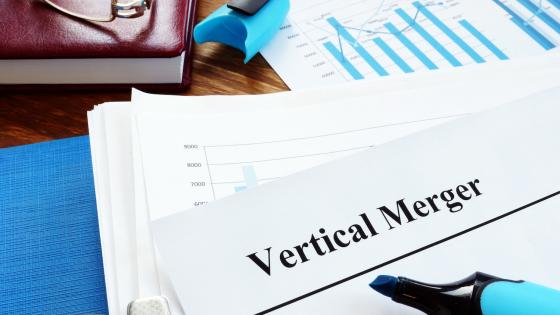DP12649 On the Effect of Parallel Trade on Manufacturers' and Retailers' Profits in the Pharmaceutical Sector
Differences in regulated pharmaceutical prices within the European Economic Area create arbitrage
opportunities that pharmacy retailers can access through parallel imports. For prescription drugs under
patent, parallel trade affects the sharing of profits among an innovating pharmaceutical company, retailers,
and parallel traders. We develop a structural model of demand and supply in which retailers can choose
the set of goods to sell, thus foreclosing consumers’ access to less profitable drugs. This allows retailers
to bargain and obtain lower wholesale prices from the manufacturer and parallel trader. With detailed
transaction data from Norway, we identify a demand model with unobserved choice sets using retail-side
conditions for optimal assortment decisions of pharmacies. We find that retailer incentives play a
significant role in fostering parallel trade penetration and that banning parallel imports would benefit
manufacturers as well as prevent pharmacies from foreclosing the manufacturer’s product. Finally, in the
case of the statin market in Norway, we show that it would be possible to decrease spending and increase
profits of the original manufacturer through lump sum transfers associated with a lower reimbursement
price, thus decreasing price differentiation across countries.

